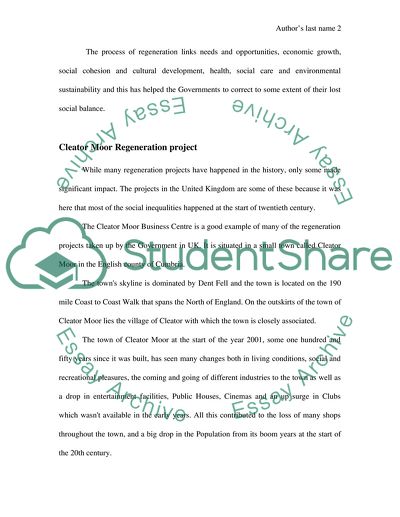Cite this document
(Regeneration Projects of Europe and Their Implications Assignment - 1, n.d.)
Regeneration Projects of Europe and Their Implications Assignment - 1. Retrieved from https://studentshare.org/social-science/1544501-individual-report
Regeneration Projects of Europe and Their Implications Assignment - 1. Retrieved from https://studentshare.org/social-science/1544501-individual-report
(Regeneration Projects of Europe and Their Implications Assignment - 1)
Regeneration Projects of Europe and Their Implications Assignment - 1. https://studentshare.org/social-science/1544501-individual-report.
Regeneration Projects of Europe and Their Implications Assignment - 1. https://studentshare.org/social-science/1544501-individual-report.
“Regeneration Projects of Europe and Their Implications Assignment - 1”, n.d. https://studentshare.org/social-science/1544501-individual-report.


